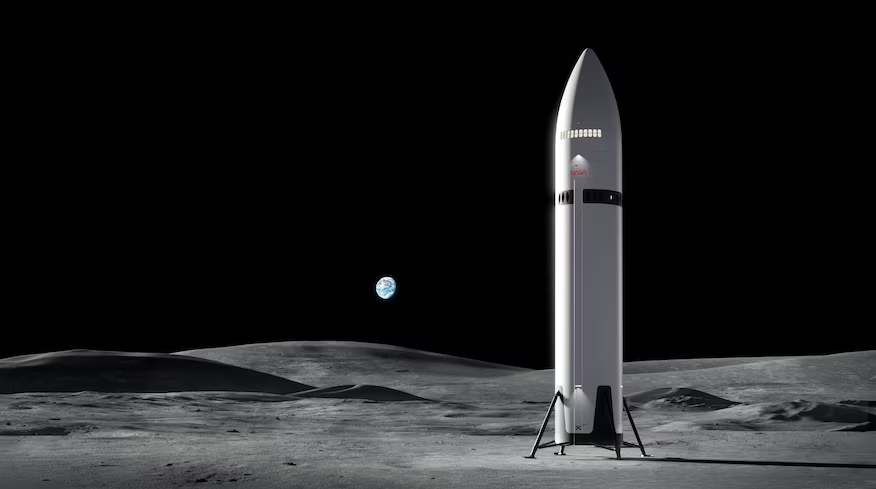The mission’s completion, including the controlled re-entry of both stages, marks a fundamental milestone for NASA’s Artemis program and the future of space exploration.
BOCA CHICA, TEXAS – The aerospace company SpaceX has marked a milestone in its development program with the complete success of the tenth test flight of the Starship launch system. Lifting off at 6:30 PM local time from its Texas base, the test achieved all of its planned objectives for the first time, representing a turning point after a series of attempts throughout 2025 that had provided valuable data but had not fully completed the mission.
After overcoming two postponements due to technical checks and unfavorable weather conditions, the flight sequence proceeded nominally. Approximately seven minutes after launch, the first stage, the Super Heavy booster, separated correctly from the Starship vehicle and successfully executed a precision re-entry and splashdown in the waters of the Gulf of Mexico.
The second stage, the Starship spacecraft, then continued its suborbital trajectory toward the Indian Ocean. During this phase, it completed a secondary objective of primary importance to the company: the deployment of eight next-generation Starlink satellites, which are crucial for the evolution of SpaceX’s global internet infrastructure.
At the end of a flight lasting about an hour, the Starship vehicle also successfully completed its atmospheric re-entry and controlled splashdown maneuver in a predefined area in the Indian Ocean. Achieving this objective is essential to SpaceX’s strategy, which aims to make both components of the launch system fully and rapidly reusable—a key factor in reducing the cost of access to space.
This success marks a significant departure from previous tests in 2025, which had ended prematurely, as was the case with the ninth flight, which was cut short by a propellant leak, and a ground test in mid-June that ended with the prototype’s explosion.
The positive outcome of the tenth test has direct and significant implications for NASA’s lunar exploration program. The Starship system has been selected to serve as the Human Landing System (HLS) for the Artemis III mission, which will return astronauts to the lunar surface.
“Congratulations to SpaceX on a successful Starship test,” stated NASA Administrator Sean Duffy. “The success of Flight 10 paves the way for the Starship Human Landing System that will return American astronauts to the Moon aboard Artemis III. It is a fantastic day for NASA and our commercial partners in space.”
While Elon Musk’s long-term objective remains the colonization of Mars, this success represents a fundamental and concrete step forward, demonstrating the growing maturity of a technology poised to redefine the future of space travel.






